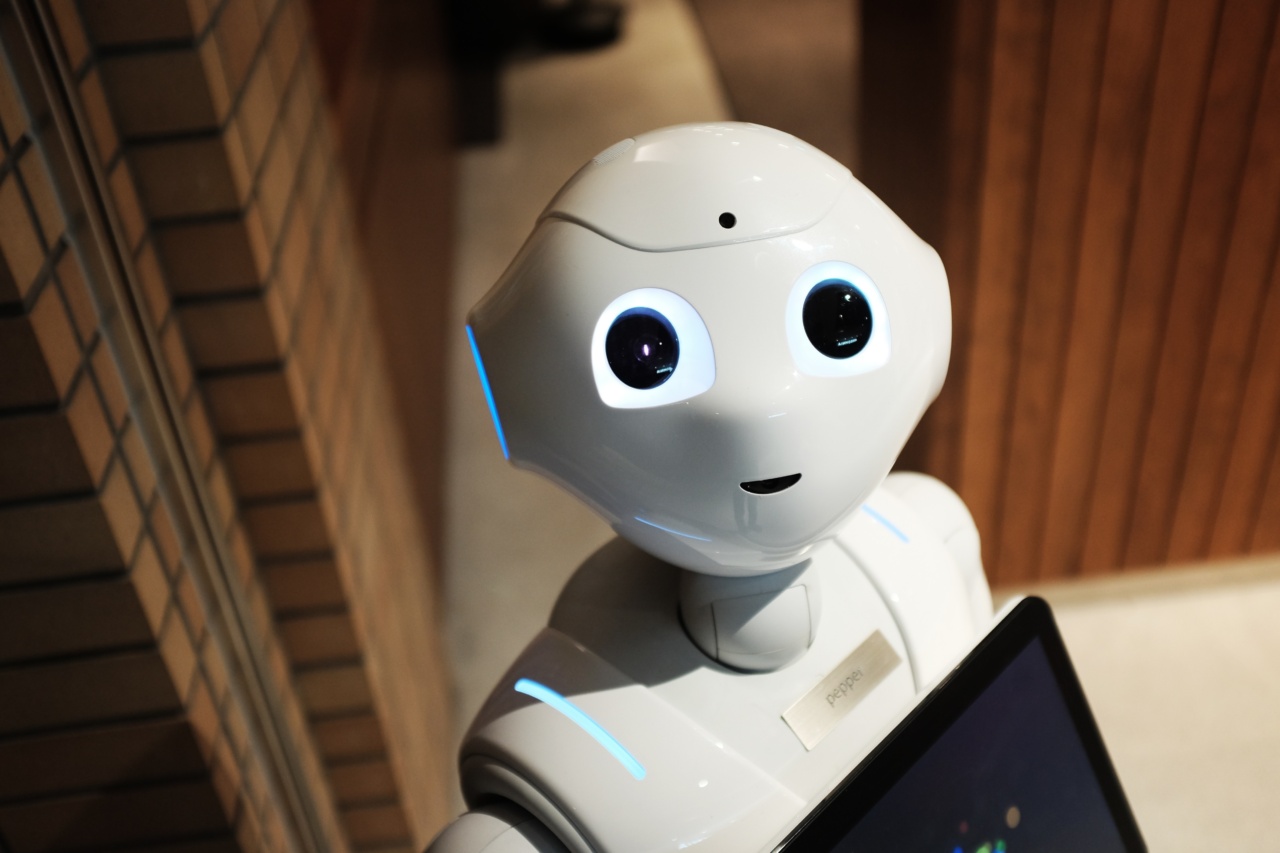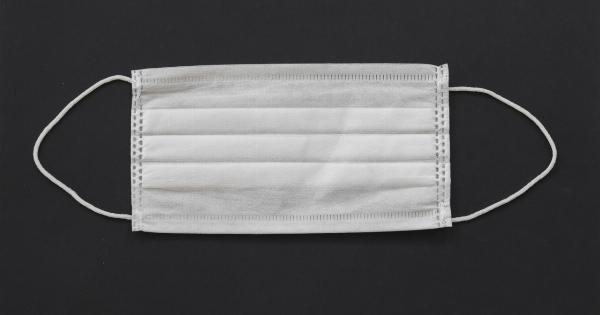According to the World Health Organization, pneumonia is responsible for over 1.5 million deaths globally every year. Early detection and timely treatment play a crucial role in reducing mortality rates associated with this respiratory infection.
Researchers have been constantly exploring novel ways to improve diagnostic methods, and a recent breakthrough introduces an innovative technique that “listens” to coughs to detect pneumonia. This cutting-edge approach has shown promising results and has the potential to revolutionize pneumonia diagnosis.
The need for accurate and early detection
Pneumonia, an infection that inflames air sacs in one or both lungs, can be caused by bacteria, viruses, or fungi. It often presents with symptoms such as cough, fever, chest pain, and difficulty breathing.
However, these symptoms can be similar to those of other respiratory conditions, making accurate diagnosis a challenge, especially in resource-limited settings.
Delayed or inaccurate diagnosis can lead to delayed treatment, resulting in severe complications or even death.
Moreover, unnecessary antibiotic prescriptions for non-pneumonia cases can contribute to the rise of antibiotic resistance, further emphasizing the need for an efficient diagnostic tool.
Understanding the innovative method
The innovative method that “listens” to coughs to detect pneumonia utilizes deep learning algorithms and artificial intelligence.
By analyzing audio recordings of cough sounds, the system can differentiate between coughs associated with pneumonia and those caused by other conditions.
Researchers collect large datasets of cough sounds from patients diagnosed with pneumonia, as well as those with other respiratory conditions such as bronchitis, asthma, and the common cold.
These audio recordings are then fed into the deep learning algorithms, which learn to identify unique patterns and characteristics specific to pneumonia-related coughs.
The system is trained to recognize variations in cough frequency, intensity, duration, and tonality, among other factors.
By comparing the cough sounds of patients with pneumonia to those without, the method can accurately diagnose pneumonia with a high degree of precision.
Promising results and potential advantages
Preliminary studies and trials have shown promising results for the innovative method of diagnosing pneumonia through cough analysis.
In a study involving a diverse group of participants, the system achieved an accuracy rate of over 90% in correctly identifying pneumonia-related coughs.
The potential advantages offered by this innovative method are numerous. Firstly, it provides a non-invasive and cost-effective alternative to current diagnostic techniques.
Traditional methods, such as chest X-rays or blood tests, often require specialized equipment and trained healthcare professionals. In contrast, the cough analysis method can be performed using a simple smartphone or computer, making it easily accessible in various healthcare settings.
Additionally, the real-time nature of this method allows for quick and on-the-spot diagnosis. This can significantly speed up the decision-making process regarding treatment initiation, leading to earlier interventions and better patient outcomes.
Timely diagnosis and appropriate treatment can prevent the progression of pneumonia, reduce hospital stays, and lower healthcare costs.
Future implications and challenges
The innovative method of diagnosing pneumonia through cough analysis has the potential to revolutionize the field of respiratory diagnostics. If further validated and widely implemented, it could bring about significant changes in healthcare practices.
However, several challenges need to be addressed before the method can become a routine part of pneumonia diagnosis. One of the challenges is the need for diverse and representative datasets to train the deep learning algorithms effectively.
Gathering large datasets from various demographics and regions can ensure the accuracy and reliability of the method across different populations.
Another challenge lies in differentiating pneumonia-related coughs from those caused by other respiratory infections or conditions.
Fine-tuning the deep learning algorithms to recognize subtle variations and differentiate between similar cough sounds will be crucial for improving the method’s accuracy.
Regulatory approvals and standardization of the method will also be essential for widespread adoption.
Collaborations between researchers, clinicians, and regulatory bodies can facilitate the necessary evaluations and approvals, ensuring patient safety and reliability of the method.
Conclusion
The innovative method that “listens” to coughs to detect pneumonia holds tremendous potential in transforming pneumonia diagnosis.
By leveraging deep learning algorithms and artificial intelligence, this technique offers a non-invasive, cost-effective, and real-time alternative to traditional diagnostic methods.
While further research and development are needed to address challenges and validate the method’s effectiveness, it represents a significant step forward in improving pneumonia diagnosis.
Early and accurate detection can save lives by enabling prompt treatment and reducing the burden on healthcare systems.






























